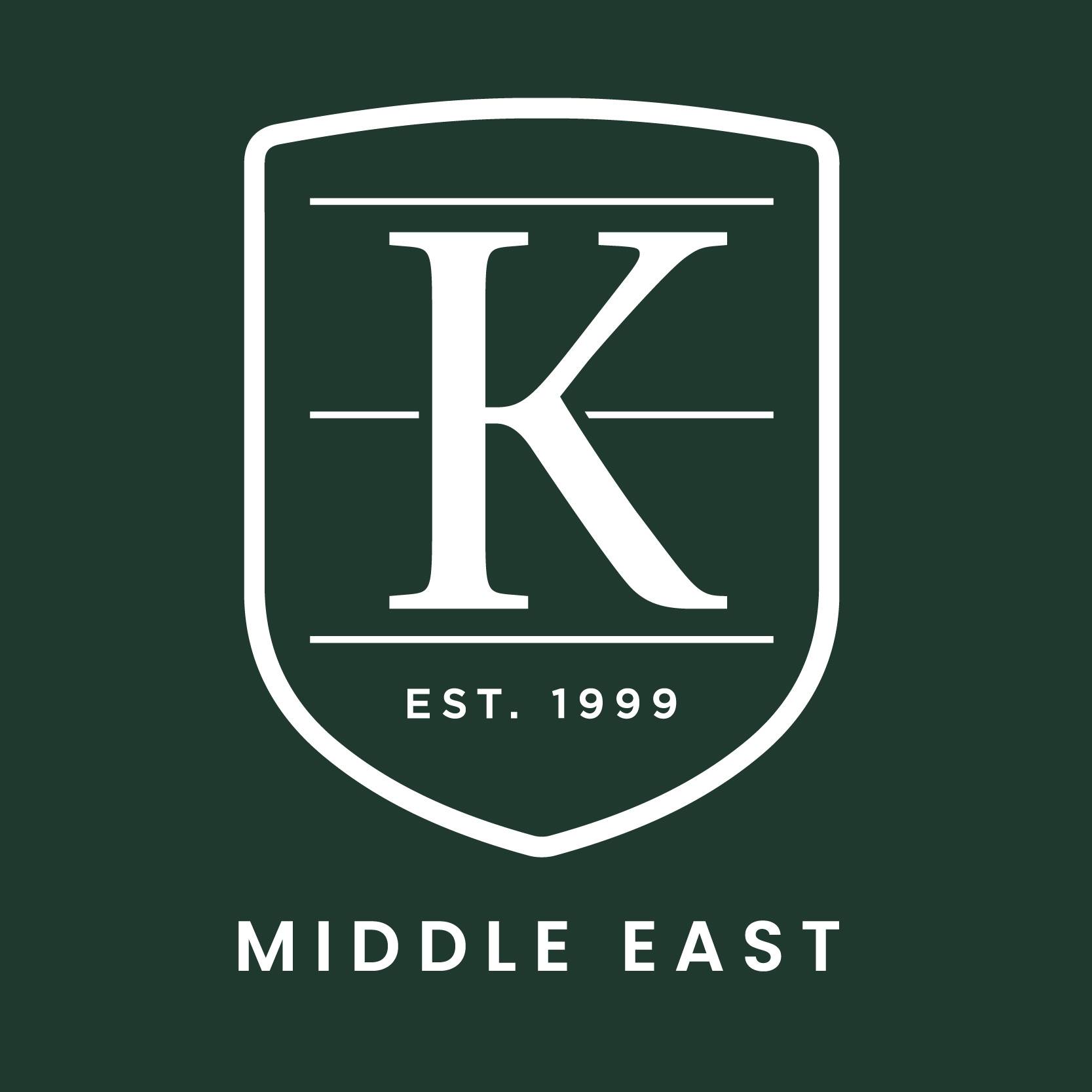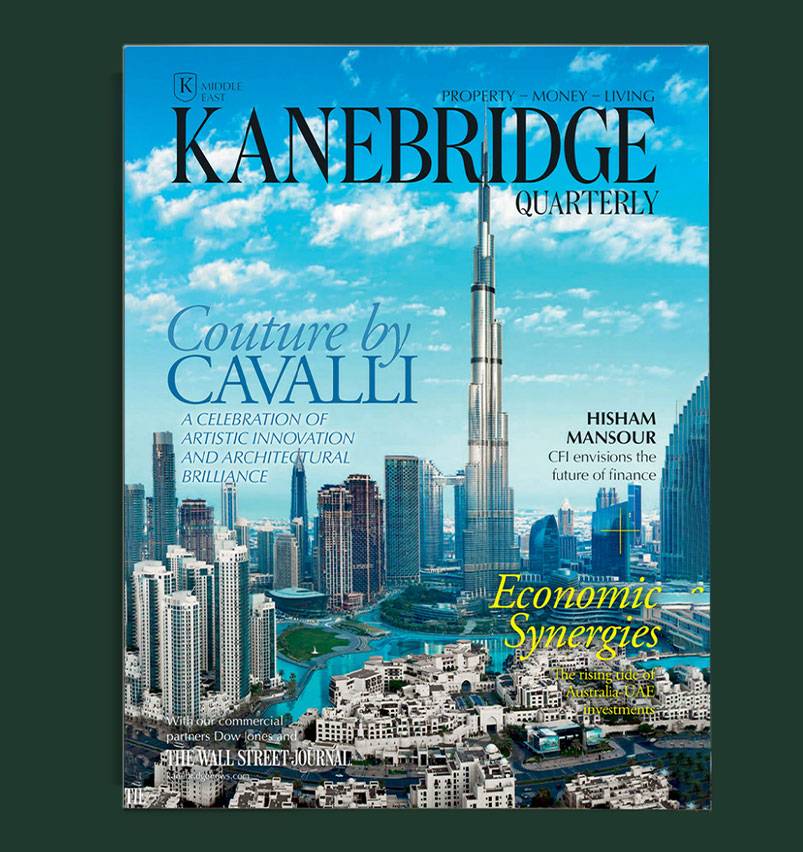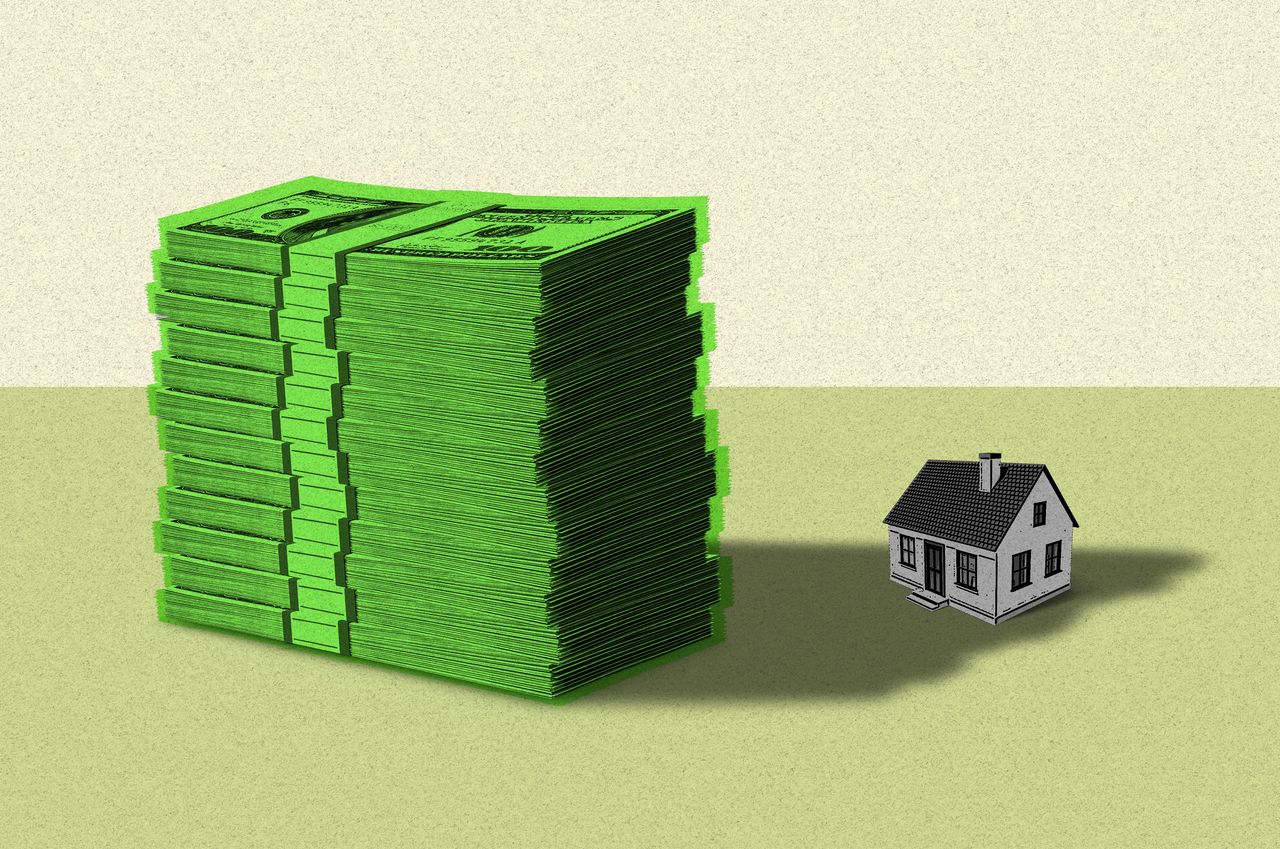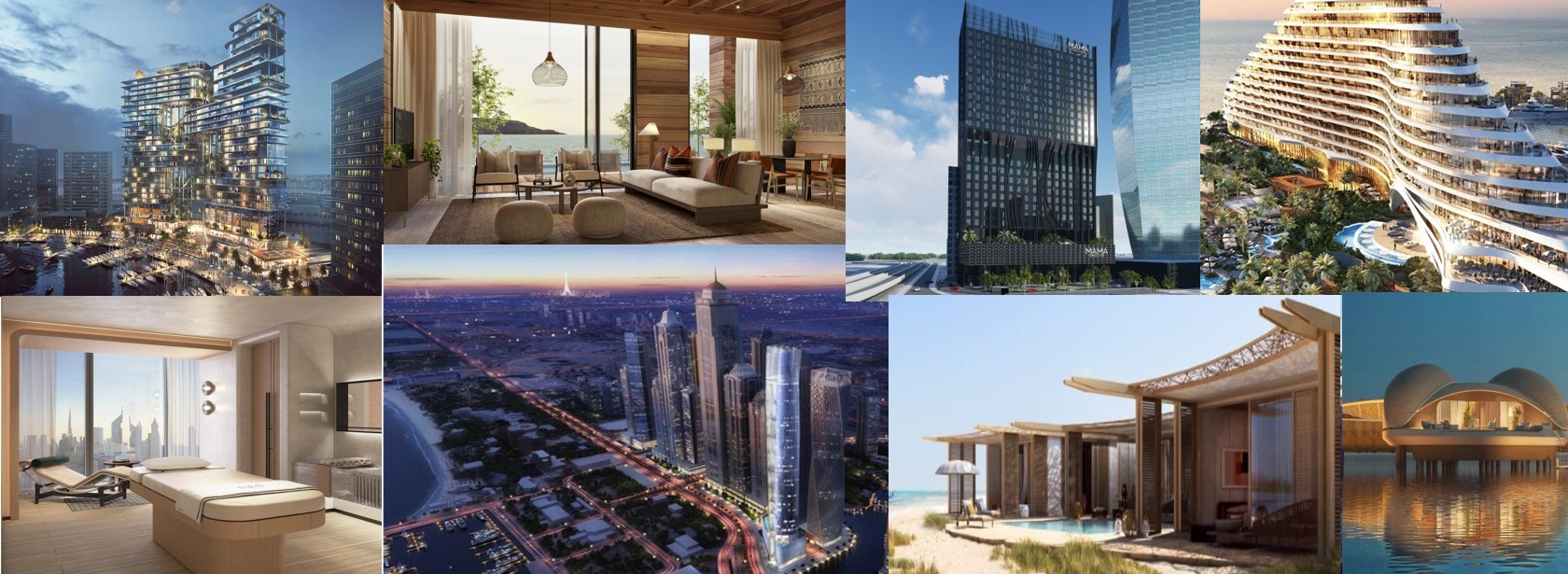The New Math on Inheriting Your Parents’ House
Rising costs are prompting more adult children to sell the homes they inherit from their parents
One of the first things many people do when they inherit their parents’ home these days is put up a for-sale sign.
Deciding what to do with a family property is often both an emotional and financial decision, but the rising costs of renovations, property taxes and utilities are making it harder for adult children to hold on to the real estate, financial advisers say. Higher home prices and mortgage rates have often also made it impractical for heirs to buy out their siblings, said Dick Stoner, a Realtor in Rockville, Md.
The high home prices of the past few years have made the decision to sell even more attractive. If inheritors can unload a house in a hot location for a high price, the proceeds from the home’s sale can help secure their finances and fund goals such as retirement, advisers say.
“For inheritors, cash is king,” said Paige Wilbur, Wells Fargo’s head of estate services.
Cash over sentimental value
Leaving a home to children remains a common way to transfer wealth, according to financial advisers and estate planners. There is no recent data that tracks home inheritance nationally.
More than three-quarters of parents plan to leave a home to their children when they die, according to a 2023 Charles Schwab survey of more than 700 American investors between the ages of 27 and 95. Some children may be reluctant to sell for sentimental reasons, but finances and simplicity of unloading a property often win out. Nearly 70% of those who expect to inherit a home from their parents plan to sell it, the survey found.
When Heidi Whaley and her sister, Melissa Mills, inherited their parents’ home, they chose to put it on the market. They recently listed the Charleston home for just below $3.5 million. The sisters, both retired, felt some sadness letting go of the home they grew up in and where their parents hosted many waterfront parties.
“My father wanted to build a house that would be strong, one which would be passed from generation to generation,” said Whaley.
Both sisters are empty-nesters with their own nearby homes, and said they couldn’t justify the expense of maintaining a nearly 4,000-square-foot house for the sake of fond memories.
Rising costs are a bigger part of the calculus these days when heirs decide whether or not to keep an inherited house, real-estate agents say. For instance, the higher cost to insure coastal homes in the Southeast is pushing more heirs in the area to sell, said Ruthie Ravenel, a Realtor in Charleston.
Inflation has also made repairs and upkeep on older properties more expensive, leading some to favour newer properties that may be cheaper to maintain and insure, she said.
I’ll keep the vacation home, though
The declining interest in keeping Mom and Dad’s home is part of a broader generational trend among inheritors, estate planners say.
Some tangible assets aren’t considered as valuable as they were in the past, thanks partly to changing tastes, said Wilbur with Wells Fargo’s estate services.
Renovation is expensive and what one generation sees as on-trend, the other may not. For example, the younger generation of beneficiaries mostly don’t want older traditional furniture. Instead, they prefer the modern, farm-style chic look, said Wilbur.
“While Mom and Dad’s home might be nice, the children may not want to live in it and would consider it too costly to renovate to their style,” she said.
Vacation homes and secondary properties, however, are more likely to be kept by heirs, at least for a few years, especially if it is in an appealing location, financial planners say. If multiple family members are inheriting a vacation house, there needs to be a way to split maintenance costs fairly and create a usage schedule that is to everyone’s liking, said Jeff Fishman, a financial adviser in Los Angeles.
Consider the taxes
Taxes remain a key reason many heirs sell relatively soon, financial advisers say.
Aaron Buchbinder, a real-estate agent in Boca Raton, Fla., is working with three brothers who inherited their grandmother’s condominium this year in Boca Raton and none of them live in Florida. They discussed keeping it and renting it out, but none of them wanted to keep it long term and preferred to sell because of the carrying cost of the homeowners association fees and taxes, said Buchbinder.
Heirs who wish to buy out their other siblings will want to use a reasonable method for valuing the home, said John Voltaggio, a managing director at Morgan Stanley Private Wealth Management. The family may decide to use the value reported on the estate tax return if it is recent, or they may want to obtain a few appraisals and use an average, he said.
The family members inheriting the property will also want to make sure they aren’t getting in over their head financially, with mortgage rates hovering around 7%.
“Many financial decisions today are very rate-dependent, so remove emotions or risk doing something you may later regret,” said Fishman, the financial adviser in Los Angeles.
A home’s cost basis—which is the starting point for measuring a future taxable gain—resets to market value, typically its value at the date of death, said Eric Smith, a spokesman for the Internal Revenue Service.
Any increase in value after death is taxed as long-term capital gains, and those rates are lower than the rates on short-term gain. But if a home is sold quickly, there is likely to be little gain if any and little to no tax, said Smith.
 Copyright 2020, Dow Jones & Company, Inc. All Rights Reserved Worldwide. LEARN MORE
Copyright 2020, Dow Jones & Company, Inc. All Rights Reserved Worldwide. LEARN MORE
Chris Dixon, a partner who led the charge, says he has a ‘very long-term horizon’
Americans now think they need at least $1.25 million for retirement, a 20% increase from a year ago, according to a survey by Northwestern Mutual
This partnership marks a significant step towards Abu Dhabi’s vision of becoming a global hub for advanced materials and technological innovation.
The Abu Dhabi Department of Economic Development (ADDED) has entered into a Memorandum of Understanding (MOU) with Inovartic Investment, a prominent technology innovation company, to establish a facility in Abu Dhabi for the production of graphene and graphene-based products.
This strategic partnership represents a crucial advancement in the region’s and beyond’s capabilities for advanced material manufacturing, aligning with Abu Dhabi’s vision of becoming a global center for cutting-edge industries and technological innovation.
Graphene and graphene-based products are essential components in electronics and semiconductors, which are extensively utilized across various critical sectors, including healthcare, biotechnology, transportation, and environmental conservation.
H.E. Badr Al-Olama, Acting Director General of Economic Affairs at ADDED, said: “This partnership is a testament to Abu Dhabi’s commitment towards fostering a dynamic and diversified economy that supports new industries to ensure economic growth and prosperity. By working with Inovartic Investment, we are poised to make substantial advancements in the field of advanced material manufacturing, reinforcing our dedication to technological advancement and innovation in key sectors.”
Saif Aldarmaki, Chairman and Co-Founder of Inovartic Investment, expressed his enthusiasm, indicating that the agreement will act as a cornerstone for the future of advanced materials manufacturing.
“Our collaboration with the Abu Dhabi Department of Economic Development enhances our role as innovators and promotes sustainable growth and economic diversification for the Emirate. We look forward to the transformative impact this partnership will have on the industry and the region,” he added.
Anwar Hussein, Managing Partner and Co-Founder of Inovartic Investment said: “With this MOU, we are setting the stage for a new era of technological innovation and industrial excellence. Our partnership with the Abu Dhabi Department of Economic Development will enable us to push the boundaries of what is possible in advanced manufacturing, contributing to a more sustainable and prosperous world.”
By leveraging pioneering technologies that are integral to emerging sectors like Big Data, Artificial Intelligence, Augmented Reality and the Internet of Things, Abu Dhabi’s manufacturing sector is boosting industrial innovation, quality and efficiency. In turn, industrial excellence is set to propel the Emirate’s Falcon Economy vision, which aims to transform Abu Dhabi into an export-driven, resilient economy empowered by a highly skilled workforce to leverage advanced technologies and emerging disruptive economic trends.
Chris Dixon, a partner who led the charge, says he has a ‘very long-term horizon’
Americans now think they need at least $1.25 million for retirement, a 20% increase from a year ago, according to a survey by Northwestern Mutual





















